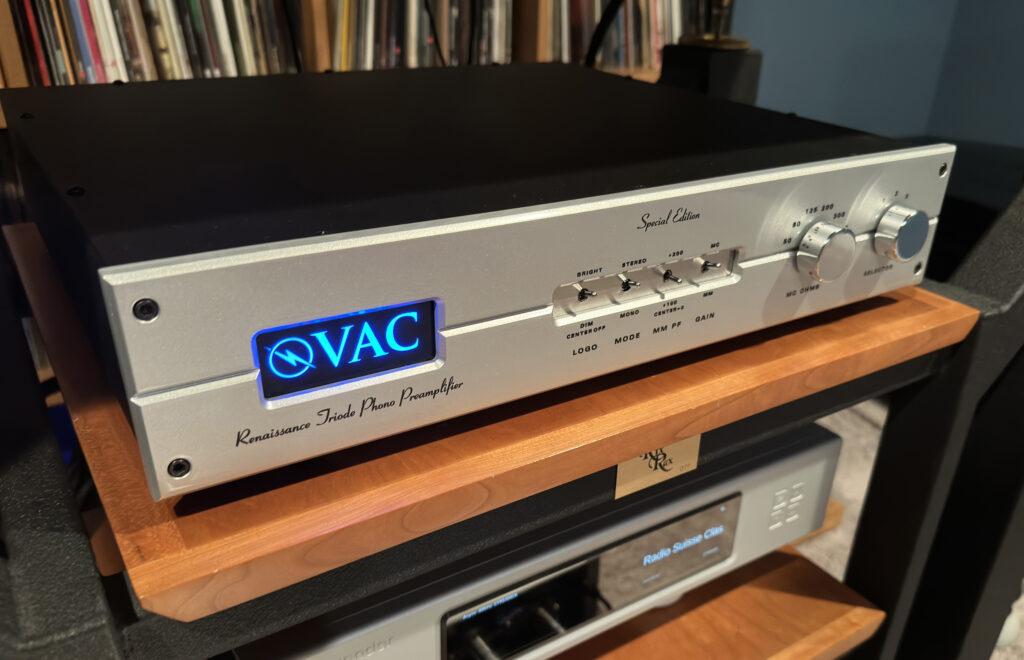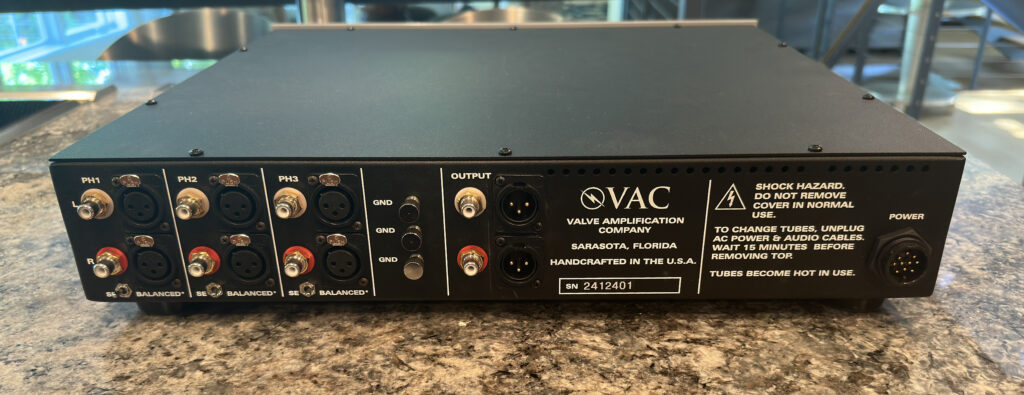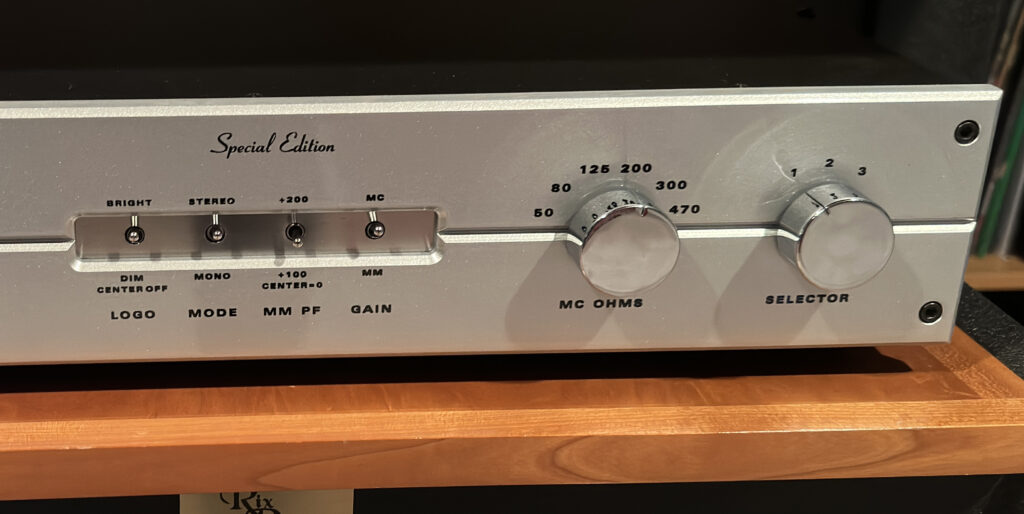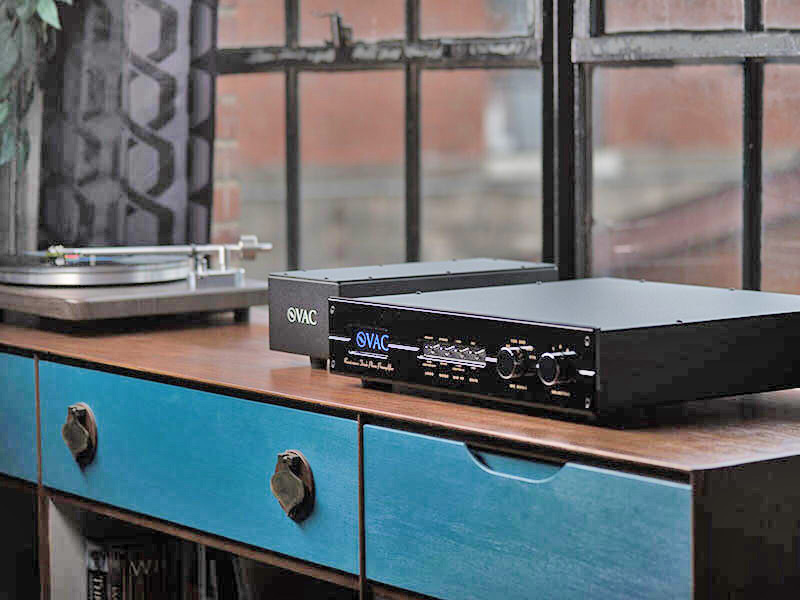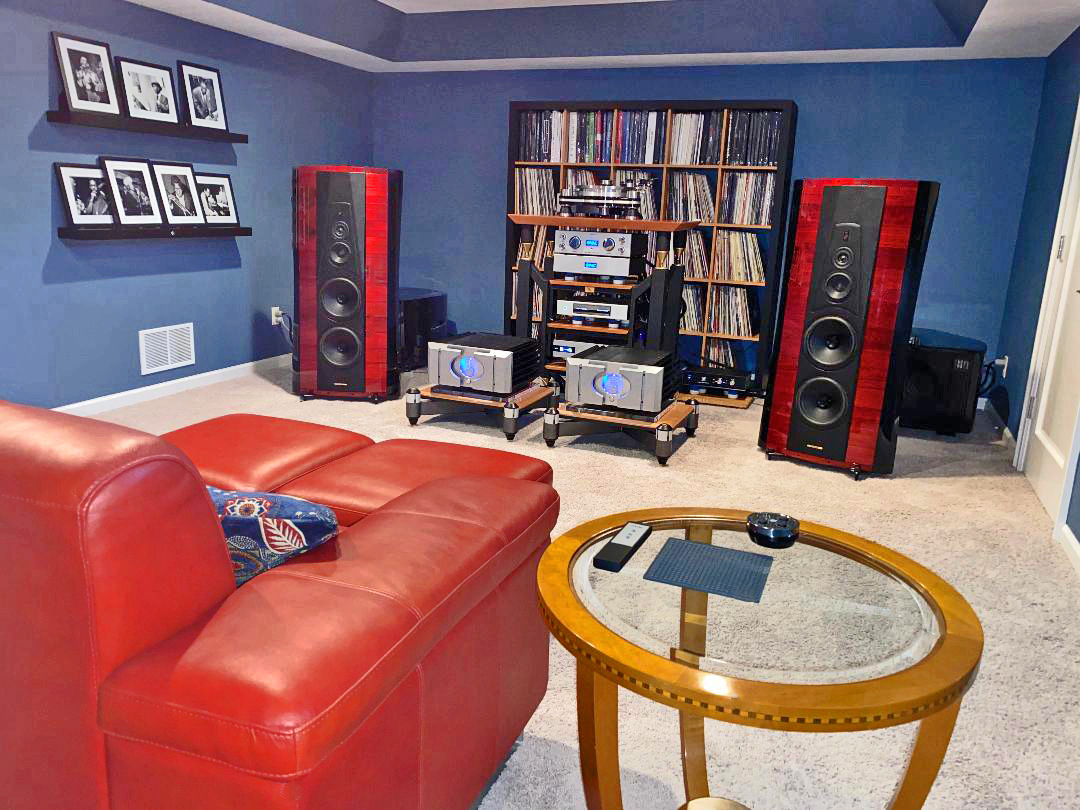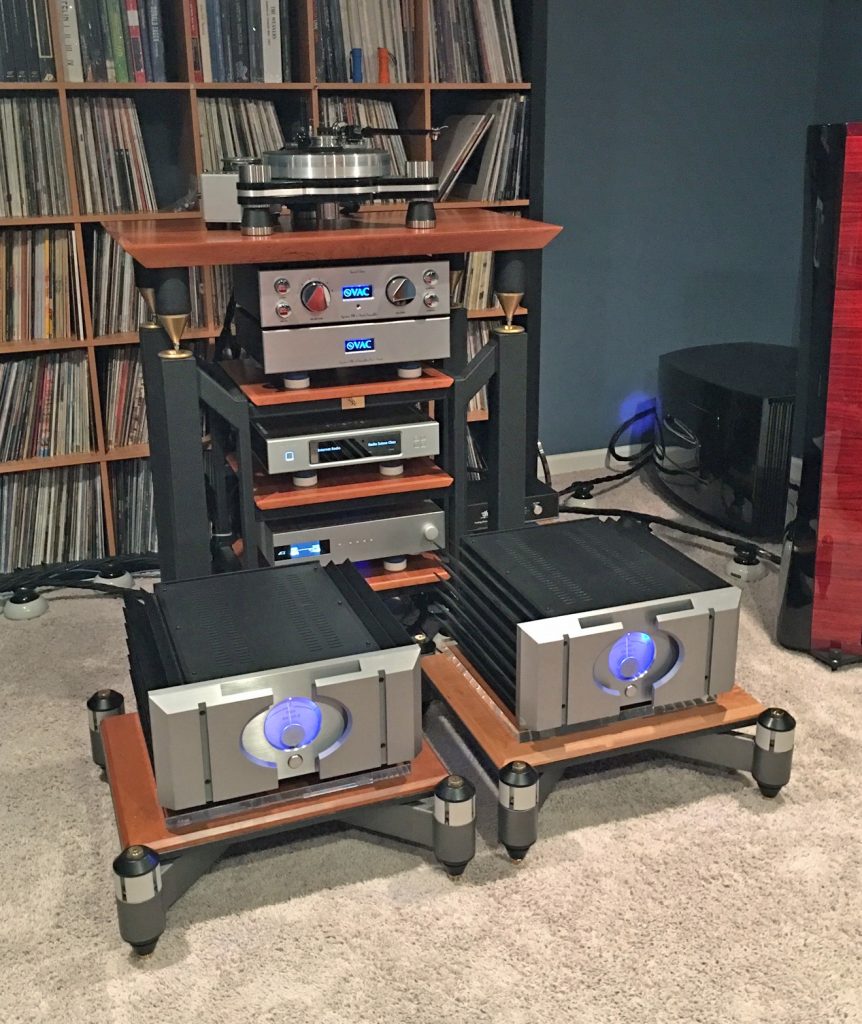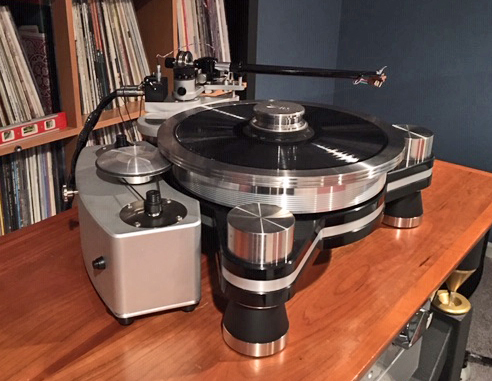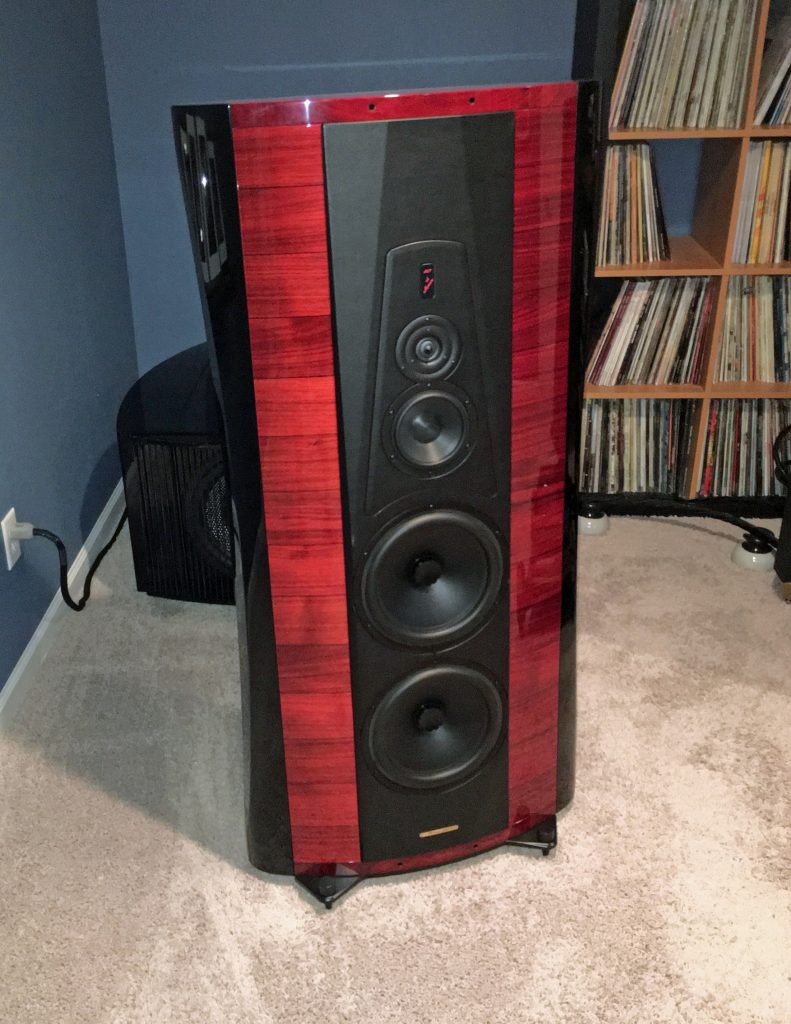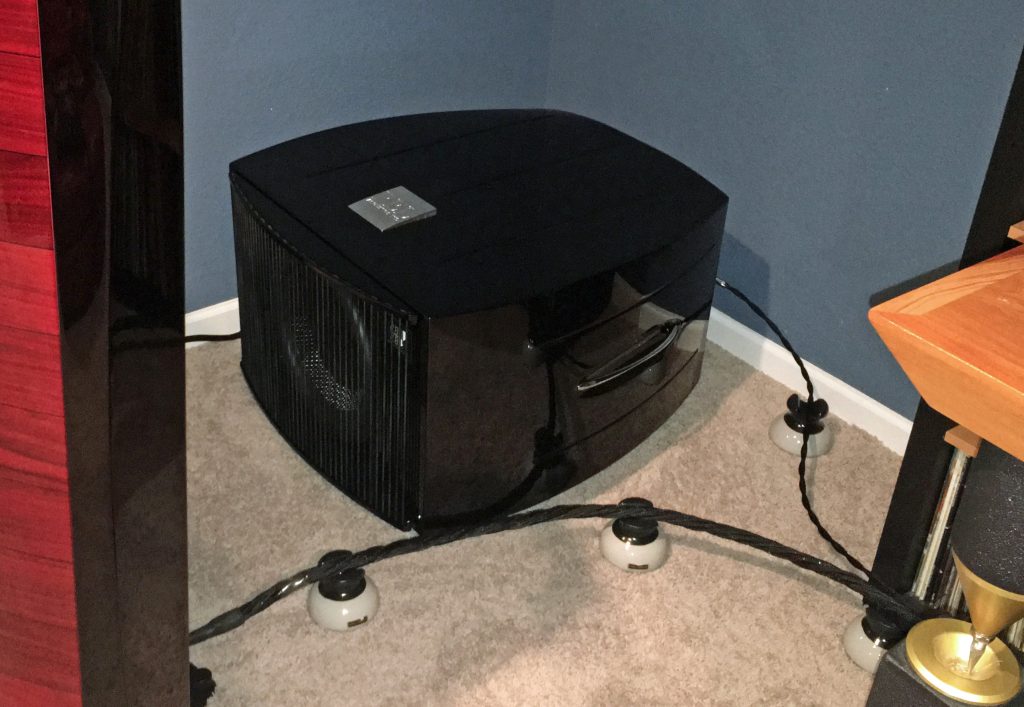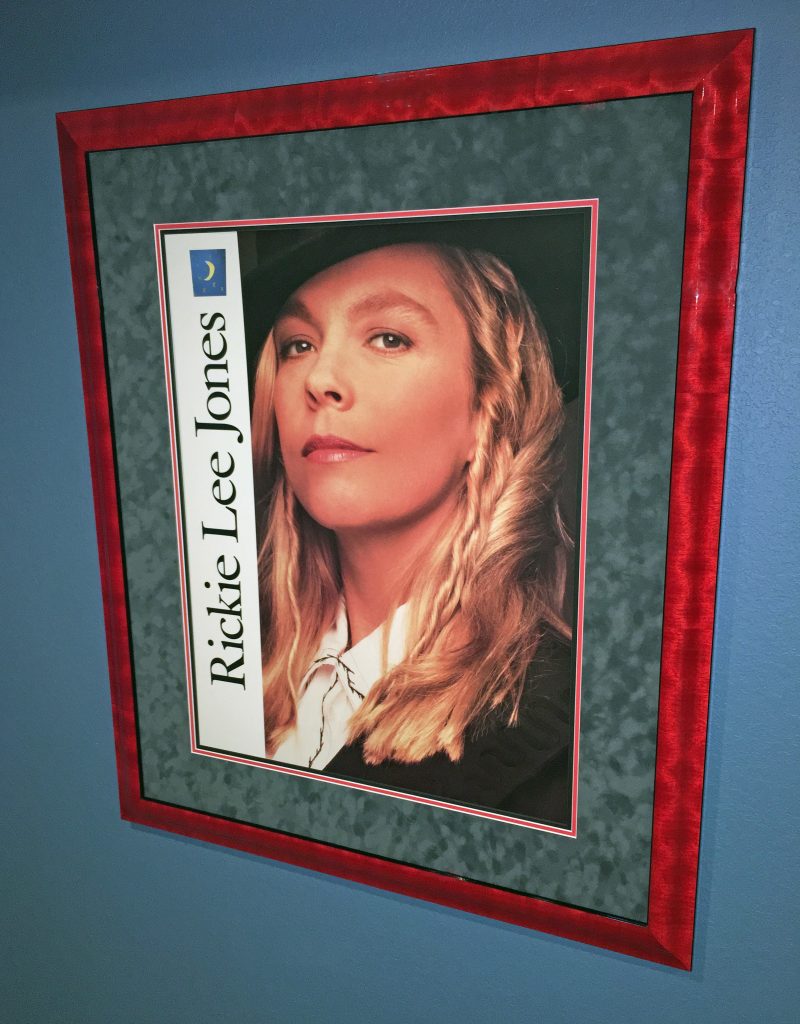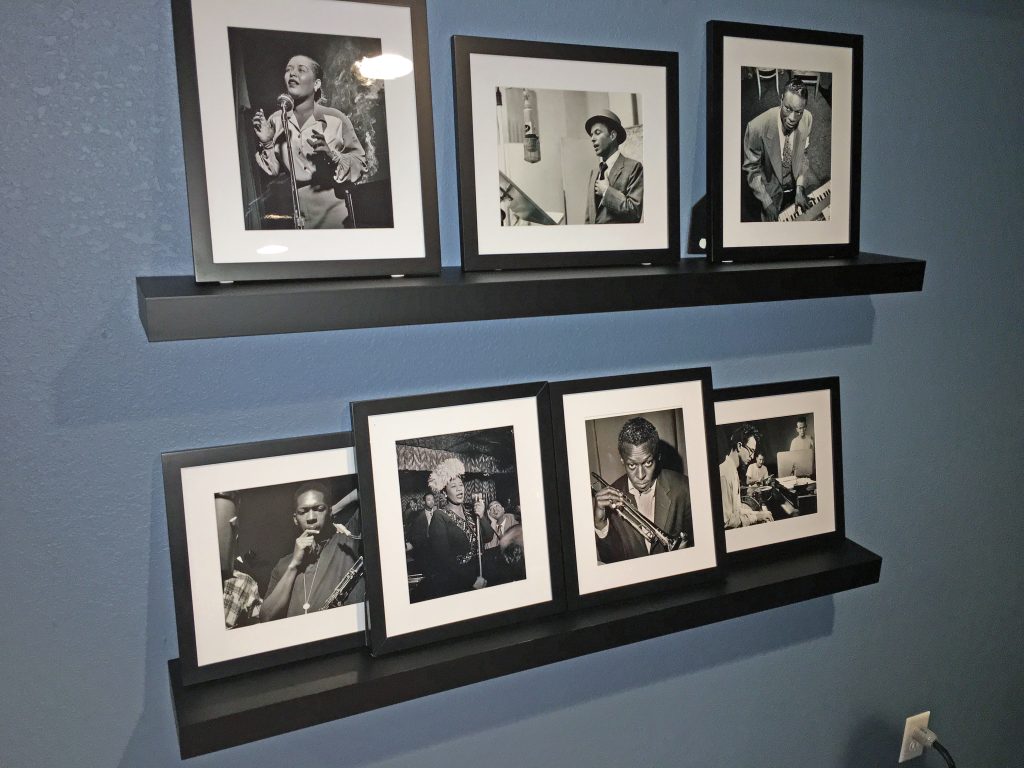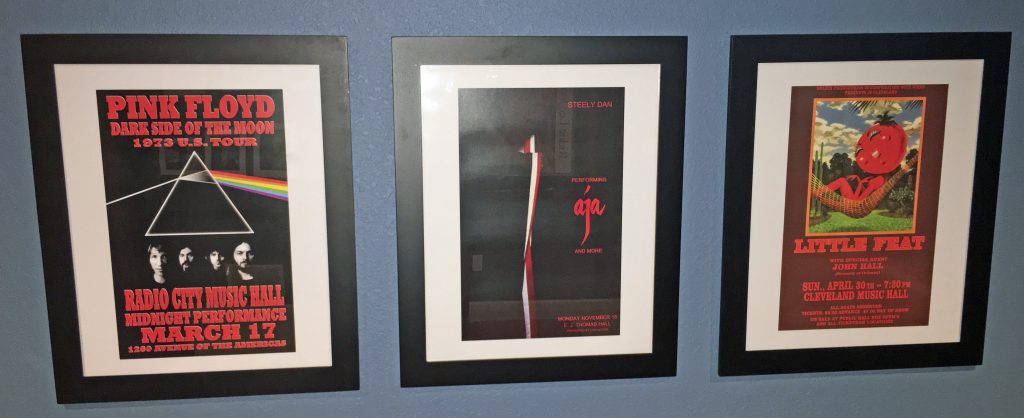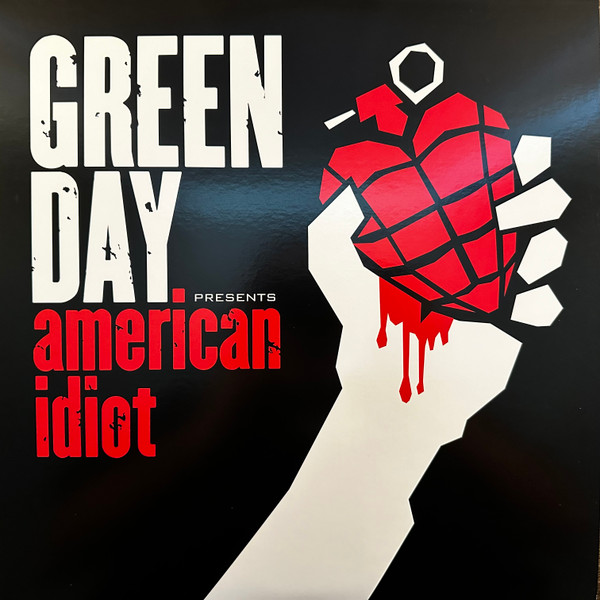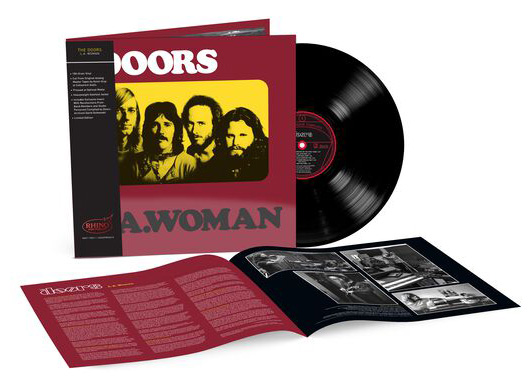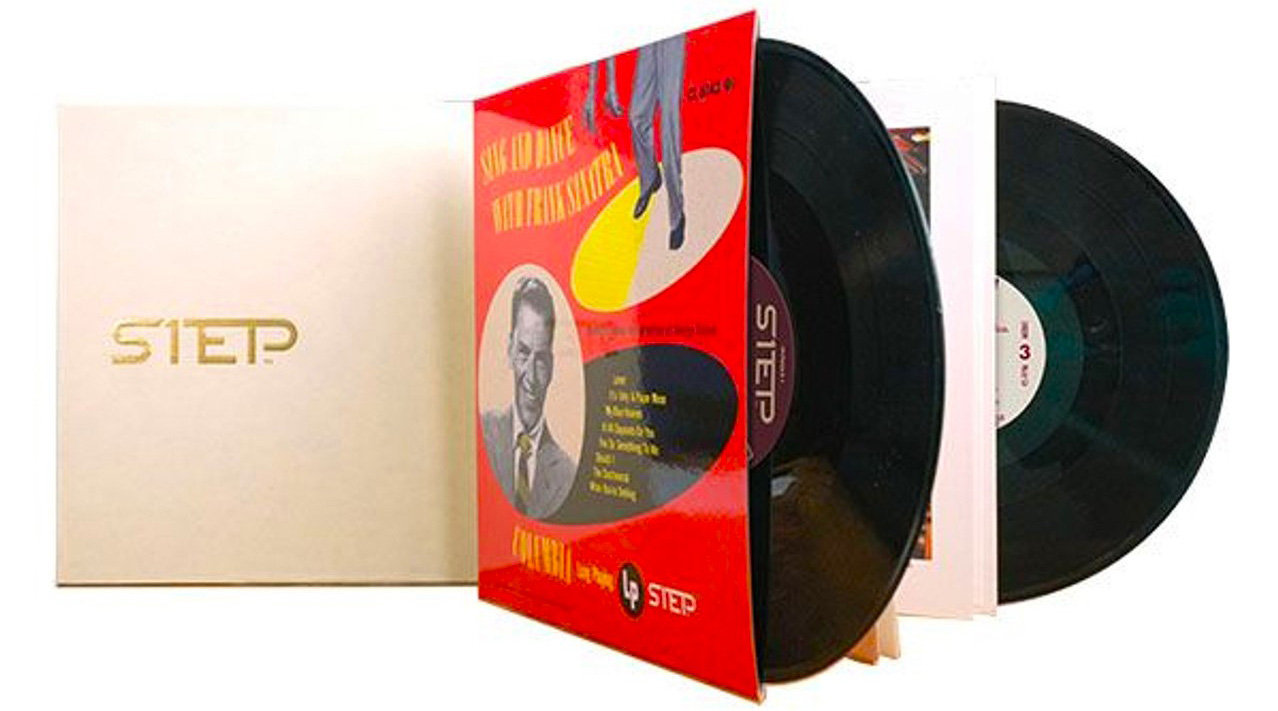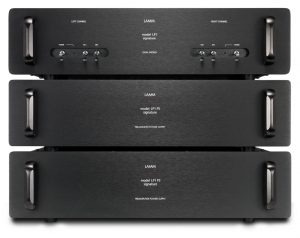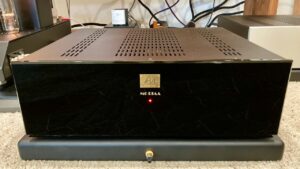Over the last two years, I have been on a determined mission to find a standalone phono stage for my system. I have been experimenting with both solid state and tube phono stages at several different price points. I have posted a few reviews, but not for everything that has entered my listening room. The two leading candidates as the process continued, were the solid state Simaudio Moon 810LP ($13,500) and the tube Audio Research PH9 ($10,000). Both provided superb sound quality and fantastic flexibility for cartridge impedance and load settings. Please see some additional comments below on performance.
When some reviewers like to claim that "they could live quite nicely" with a particular component, I find this somewhat confusing if not misleading for the reader. In my case, I was truly looking for something that was remarkable if not extraordinary from every perspective. The 810LP and the PH9 both clearly met these standards, but I continued my research just to make sure that I accomplished some sense of due diligence. Obviously, I was not able to evaluate everything, but I am very pleased that I continued to seek out additional possibilities.
My one reference throughout this process was the integrated phono stage in my VAC Signature SE Mk IIa preamp ($27,000 w/phono). Many have stated that this is one of the best values ever in vinyl playback as it can compete well with many flagship standalone phono stages. After living with it for several years and comparing it to some of the very elite brands and models, I totally agree.
Based on this, and considering my affinity for all VAC products, I decided that the next candidate should be the standalone VAC Renaissance SE phono stage ($14,000). Kevin Hayes, chief designer and proprietor at VAC, shared with me that the performance of the Renaissance SE was profoundly if not amazingly approaching the signature of his flagship Statement phono stage ($80,000). When Kevin speaks, I listen. Before long, I soon sat mesmerized as a new benchmark for my listening room was quickly realized. Please read on.
Caveat Emptor
It cannot be overstated that system synergy and personal taste are critical when evaluating high-end audio products. This review is based on my subjective requirements, my subjective ears, my specific system configuration, and my specific listening room. This combination is only one data point of many that exist out there for these components. Please consider my comments and analysis appropriately.
Review System
I have included a comprehensive list of all my components and a description of my listening room. Please click on my name in red above if this information is needed for reference and comparison purposes.
Design
Lets begin with some of the more critical design elements that makes the Renaissance SE so special. Principal amplification of the SE is provided by six twin triode tube stages supported by six 12AX7 tubes that are tested and then specifically selected for proper voicing. The SE also features many of the same exotic resistors and capacitors found in the Statement phono stage, which again elevates the performance of the SE significantly.
Dual mono rectification, filtering, decoupling, and energy storage is provided by an external power supply—a key component that differentiates the SE and its performance from many other players at this price point. In addition, the SE utilizes a new chassis design that greatly improves EM shielding and isolation, with results that are much more similar to the Statement than to earlier VAC preamplifiers.
Three pairs of balanced inputs and three pairs of single ended inputs are provided. One pair of balanced and one pair of singled ended outputs are also provided. Gain setting options are selectable at 44 dB for MM cartridges, and 62 or 68 dB for MC cartridges. MC load impedance options are selectable at 470, 300, 250, 200, 150, and 100 ohms.
There are also selectable switches on the front panel for MC vs. MM sources, a mono mode that optimizes the resolution for non-stereophonic recordings, three bright/dim options for the VAC logo on the front panel screen, and +100/+200 PF options for MM cartridges.
The standard finishes include a hand-rubbed gold-flake gloss black lacquer with chrome knobs. Hand-rubbed metallic gloss silver lacquer with chrome knobs are a special order at an additional cost. Though totally subjective of course, in my humble opinion the industrial design of the SE audio chassis is pure eye candy, and quickly became one of the visual highlights of my audio rack. I could not help but notice, that virtually every visitor to my listening room was inspired to comment on the aesthetics, as the unit definitely stands out with great substance and style.
The dimensions for the audio chassis (not including knobs and connectors) are 4" x 18" x 16". The dimensions for the external power supply (not including connectors) are 4.3" x 6" x 13". The combined total shipping weight for both units is 44 lbs.
It should also be noted, that one of the final steps in the entire manufacturing process is a personal listening test by Kevin himself. The "Maestro" has his eyes and ears on virtually every detail from beginning to end.
Sound
As I have heard Michael Fremer of The Absolute Sound (TAS) state on several occasions (paraphrased), you have never experienced the ultimate potential and performance of a phono stage design until you have heard it with a properly designed external power supply! When adding the SE with its included external power supply to my system, the result was immediate and quite impactful. Bass and mid frequencies now had additional weight and clarity, but there was also a new found sense of essential harmonics and texture.
The Simaudio Moon 810LP and Audio Research PH9 with integrated internal power supply designs were also no slouches when it comes to these two frequency ranges. Both truly had my hair stand on end during several listening sessions, but the SE took it even further. I dug out my cherished US original pressing of Rush's Moving Pictures (mastered by Robert Ludwig) and my UK original pressing of XTC's English Settlement (engineered by Hugh Padgham), and it was almost like a new dimension had been added to the recordings.
The same was true of my UK pressing of the Beatles' Abbey Road (mastered by Harry Moss), which isn't particularly known for mids or bass. In each case, there was a palpability and bloom that really had me leaning into the music. On some tracks, the blunt power of the low end in particular was almost physically startling. Please see below for additional comments about specific albums and music.
Like all of the VAC products that I have auditioned, the highs via the SE were absolutely glorious. Tubes just seem to get this right, especially when it comes to violin, acoustic guitar and even the higher more pronounced frequencies of the woodwinds. There is just a natural tone and timbre that can be very musical and addictive. I have to give kudos to the tube PH9, as it too also excelled on the top end, with possibly even more air and alacrity, but it was a very close call.
In the end, I kept coming back to the SE, as it consistently provided a more tangible and emotional connection across all the frequencies. In summary, there was a compelling if not an advanced correctness of presentation with the SE that really surprised me.
Music
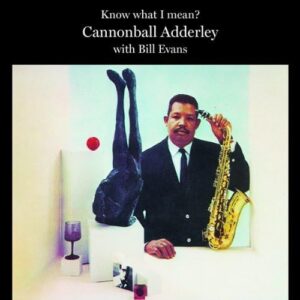
Cannonball Adderley, Know What I Mean (Analog Productions, 45 RPM)
Though the album Somethin' Else is considered by many as the pinnacle of Cannonball Adderly's much esteemed career, my favorite Adderley album is Know What I Mean. Released in 1961 on the Riverside label, Adderley on alto sax was supported by a wonderful all-star cast of band members including Bill Evans on piano, Percy Heath on acoustic bass and Connie Kay on drums. The music is a fantastic combination of standards including the iconic "Waltz For Debbie," written by Bill Evans. I have been searching for a reasonably priced 45 RPM pressing for several years. Thank gosh that Analogue Productions saved the day with the recently reissued Bill Evans - Riverside Recordings box set, which includes this title cut at 45 RPM, and mastered by Kevin Gray.
As a clear demonstration of the very best of post-bop style and composition, the interplay between Adderley and Evans on the track "Who Cares" really shines. With the SE in place, there is a flowing ease and yet a certain muscularity that Adderley delivers throughout that will have you tapping your toes and yearning for more. Though the notes of the alto sax are typically higher and brighter than the tenor sax, here we still have a lush and woody flavor that only the alto can uniquely offer. The SE gets it right and places you directly in the recording venue!

Tool, Fear Inoculum (Tool Dissectional/RCA, 33 RPM)
Released in 2019 on the Tool Dissectional/RCA label, this was the fifth studio album produced by Tool. This was after a gap of 13 years and after the critically acclaimed fourth album 10,000 Days. I have the 2022 three LP pressing by Chris Bellman, which I highly recommend. Flat, quiet and extremely dynamic, this is the one to own. This pressing is still available in the $50 range on Discogs and from most of the usual suspects. Not a bad price for a three LP set! If you are a Tool fan, you should grab it before it's too late or before it gets too expensive.
It can be difficult to define the music of Tool, but some might describe it as a collage of heavy metal, progressive, and even psychedelic rock. Known for their effusive concerts, visual arts and extremely long musical diatribes, Fear Inoculum fits the mold quite well. I used the term "physically startling' for the presentation provided by the SE earlier in the review, and it is very appropriate here. When the title track "Fear Inoculum" meanders up and down its twisted road, the impact of the bass line and the various percussive stepping stones will virtually blow your hair back. The SE takes an incredible recording and jacks it up a few points on the launch scale. Again, I have to guess that the external power supply is an important contributor. Tight, tight and more tight, but deep and powerful!
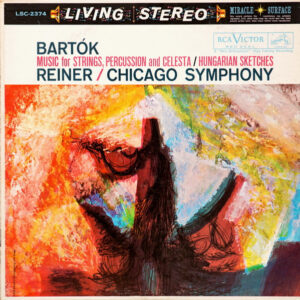
Bartok, Reiner, Chicago Symphony Orchestra, Music For Strings (Classic Records/RCA, 33RPM)
Mastered by Bernie Grundman, one of my favorites from the Classic Records catalog of RCA Living Stereo pressings is the Bartok Music For Strings with Fritz Reiner and the Chicago Symphony Orchestra. This recording was an excellent test for the SE and how it could handle massed strings in a large symphony orchestra—specifically violins, violas, cellos, double basses and harp. To my surprise, I also discovered a clarity and weight that was now offered in some of the more supporting instruments like piano, bass drum and timpani. In some ways, I was now hearing something almost like a rock concert as the music unfolded.
During the second movement Allegro, the orchestra quickly ramps up into a high flying frenzy that includes both a massive sweeping wave of sound along with a pizzicato (plucking) use of the strings that just filled the sound stage. The SE delivered a transparent window with layers and layers of instruments that were now clearly defined and locked in. What we don't get was a smearing effect with constant edge and whiteness, which mass strings can sometimes produce even on the best of vinyl. All of this detail was presented with a richness of color and bloom that really fleshed out all of the musicians in the recording venue. Lastly, there was an authority and dynamic punch that was now properly unleashed for piano and several of the many percussive instruments in the score, which also afforded a striking contrast to the sound of the strings. The combination could sometimes make your head spin. I have never heard this LP sound any better in my listening room!
Final Thoughts
The VAC Renaissance SE continues to amaze me during every listening opportunity. Regardless of the musical genre, I find myself totally enraptured as I slowly but surely work my way through many of my favorite LPs. The late night listening sessions have been plentiful, but also very satisfying. Build quality, functionality, aesthetics, performance—the Renaissance SE has it all in spades! If your budget is anywhere near the $14,000 MSRP, this is a must audition. Even at twice this budget or more, this is a must audition. Highly recommended!
VAC Renaissance SE Phono Stage
Retail $14,000
Valve Amplification Company, Inc.
1911 North East Ave.
Sarasota, Florida 34234
941.952.9695
Post Script
I have been reminded by some of my peers who provided comments early on for this review, that the solid state Simaudio Moon 810LP offers an impressive external power supply as an upgrade. A shootout between the 810LP with the external power supply and the Renaissance SE might be an interesting shootout for down the road! Please stay tuned.




